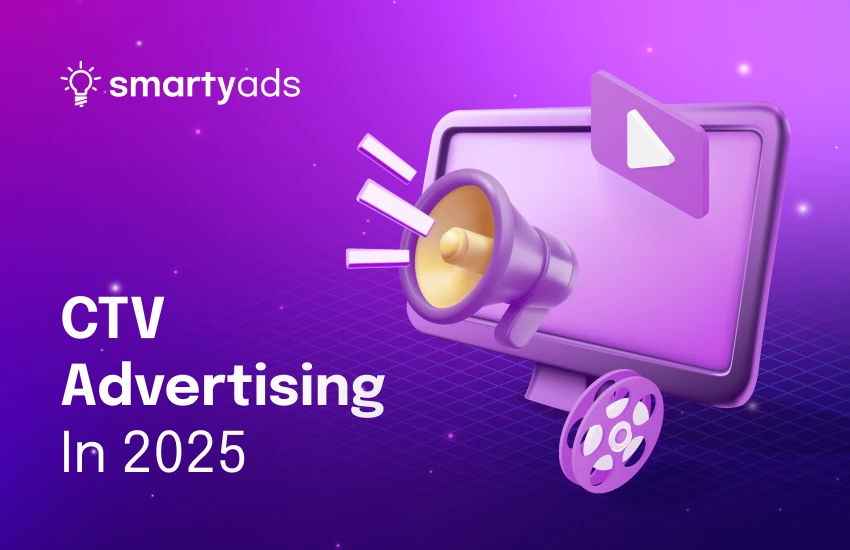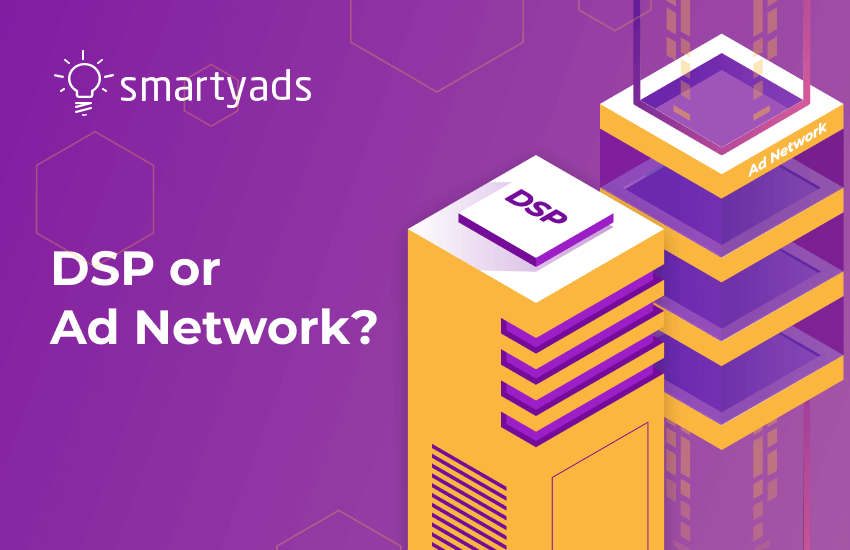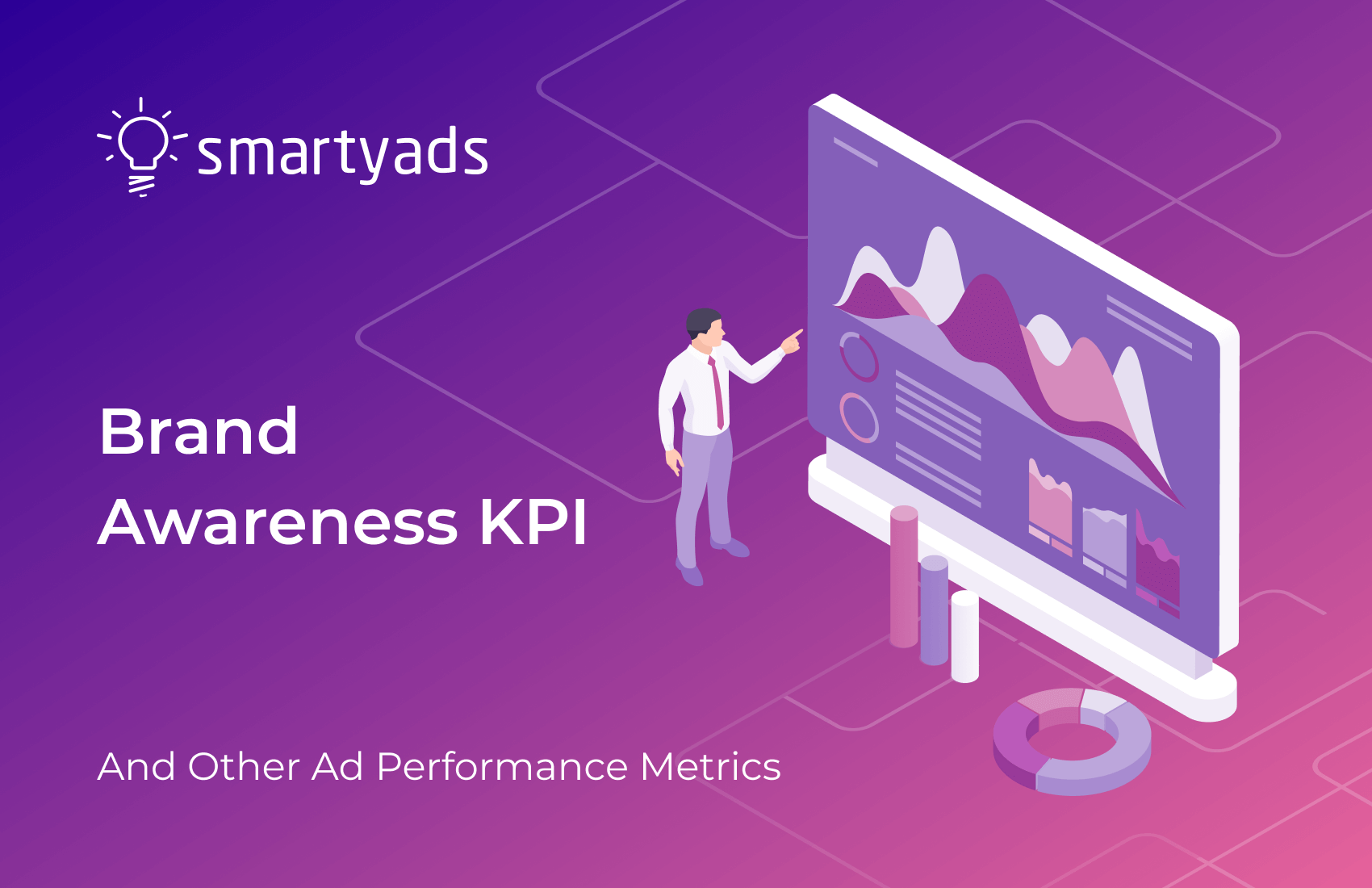Remember when TV advertising meant throwing your budget into the void and hoping someone watched your 30-second spot during the commercial break? Those days are fading fast. Television has finally caught up with the rest of digital advertising, and it's bringing some seriously cool tricks with it.
Interactive commercials aren't just regular commercials with a fancy name slapped on them. They're actually changing how viewers experience advertising on their screens. Instead of passively watching someone pitch a product, viewers can now click, shop, vote, scan QR codes, or explore products without ever leaving their couch. It's like the difference between watching someone play a video game and actually holding the controller yourself.
This shift happened because smart TVs and streaming platforms turned our living room screens into connected devices. Suddenly, that "dumb" TV became as interactive as your phone. Connected TV (CTV) platforms like Roku, Samsung TV Plus, and various streaming services created the infrastructure for ads that could actually respond to viewer actions. The technology was there—someone just needed to make it work at scale.
That's where demand-side platforms come in. DSP technology brought programmatic advertising's precision and automation to television, transforming it from a broadcast medium into something genuinely data-driven and measurable. Let's dig into how this actually works and why it matters for anyone spending money on TV advertising.
How DSP Technology Powers Interactive TV Advertising
Think of a DSP as the brain behind programmatic TV buying. It automates everything that used to require phone calls, spreadsheets, and a lot of manual negotiations. But for connected TV and interactive ad formats, DSPs do something even more valuable—they make television advertising work like performance marketing.
Here's the basic workflow: A DSP connects to multiple CTV inventory sources through supply-side platforms (SSPs) and ad exchanges. When someone starts streaming content, an ad opportunity becomes available. In milliseconds, the DSP receives information about that viewer—not personally identifiable stuff, but behavioral signals like what content they watch, their viewing patterns, and demographic indicators from household data.
The DSP then decides whether this viewer matches your campaign parameters. If they do, it enters a real-time auction with other advertisers competing for that impression. The highest bidder wins, and their interactive ad appears on screen—all of this happens faster than you can blink.
But delivery is just the beginning. Modern DSPs like SmartyAds enable real-time personalization based on viewer data. Someone watching cooking shows might see an interactive ad for kitchen appliances with clickable product cards. A sports fan could get an interactive ad from a betting app with live odds they can engage with immediately. Same campaign, different creative executions, all served dynamically based on who's watching.
The measurement loop closes when viewers interact with these ads. Did they click the overlay? Scan the QR code? Vote in the poll? All of these actions feed back into the DSP's optimization algorithms, informing future bidding decisions and creative choices. It's television advertising that actually learns and improves over time.

Benefits of Interactive TV Ads for Advertisers
Dynamic TV Audience Segmentation and Precision Targeting
Linear TV bought audiences based on broad demographics and Nielsen ratings. CTV advertising through a DSP works completely differently. You're targeting specific households based on actual viewing behavior, purchase intent signals, and cross-device data.
Let's say you're launching a new SUV. Instead of buying all sports programming and hoping some viewers are car-shopping, you can target households that recently visited automotive websites, showed interest in vehicle content, or fit the behavioral profile of SUV buyers. One automotive client reduced their cost-per-acquisition by 40% simply by switching from demographic targeting to intent-based segments on connected TV.
Higher Viewer Engagement and Conversion Rates
Interactive elements transform passive viewing into active participation. Traditional TV ads have completion rates because viewers can't skip them, but that doesn't mean anyone's paying attention. Interactive TV advertising gives viewers a reason to engage.
A retail brand running shoppable TV ads saw 23% of viewers interact with product overlays during their CTV campaign. Even better, 12% clicked through to purchase directly from their TV. Compare that to standard display advertising's 0.05% click-through rate, and you see why interactive formats matter. When viewers can shop the outfit they're seeing on screen without grabbing their phone, friction disappears.
Measurable ROI and Performance Analytics
This might be the biggest shift. TV advertising was always the black box of marketing—you spent money and hoped it worked. DSP platforms for connected TV provide the same granular metrics you'd expect from digital campaigns.
You see impressions, completion rates, interaction rates, click-throughs, and conversions. You can track which creative variants performed better, which dayparts drove more engagement, and which audience segments delivered the highest ROI. One entertainment company discovered that their interactive video ads performed 3x better on weekday evenings than weekend mornings—insight that would've been impossible with traditional TV buying.
Omnichannel Synchronization with Mobile and Web Campaigns
Interactive CTV ads don't exist in isolation. A sophisticated DSP enables cross-device frequency capping and sequential messaging. Someone sees your interactive ad on their smart TV, then encounters a retargeting ad on their phone an hour later. The messaging builds on itself rather than repeating.
A travel brand used this approach during their spring campaign—interactive ads on TV featuring destination videos with QR codes, followed by mobile display ads showing specific flight deals to users who scanned those codes. The synchronized approach delivered 2.8x higher booking rates compared to single-channel campaigns.
Interactive TV Ads vs Traditional TV Advertising
Let's be real about what's changed:
| Aspect | Traditional TV | Interactive TV (DSP-Powered) |
| Targeting | Broad demographics, programs, dayparts | Household-level behavioral and intent data |
| Buying Process | Manual negotiations, upfronts, long commitments | Real-time bidding, flexible budgets, instant activation |
| Ad Format | Static 15/30/60 second spots | Interactive overlays, shoppable content, QR codes, polls |
| Measurement | GRPs, reach/frequency estimates, post-campaign surveys | Real-time impressions, engagement metrics, conversion tracking |
| Optimization | Limited (campaign-end analysis) | Continuous algorithmic optimization during the campaign |
| Cost Efficiency | High minimums, package deals, wasted impressions | Impression-level control, budget flexibility, reduced waste |
| Creative Flexibility | Fixed creative, high production costs for changes | Dy namic creative optimization, A/B testing capabilities |
The cost story is particularly interesting. Traditional TV required massive budgets because you were buying broad reach. With programmatic CTV, smaller brands can run targeted campaigns that were previously impossible. A local restaurant chain can buy smart TV advertising in their specific metro areas during relevant programming, spending tens of thousands instead of millions.

Real-World Interactive Advertising Examples of Interactive TV Campaigns
Paramount+ Super Bowl 2024 Campaign
During the 2024 Super Bowl, Paramount+ used interactive ads to promote content like "Halo" and "Fire Country." Viewers could use their TV remotes to engage with interactive overlays and add advertised shows directly to their personalized watchlists. The streaming service wanted to increase subscriber retention beyond the Super Bowl viewing spike—getting people to stay engaged with the platform after the big game ended.
The "add-to-watchlist" interactive digital ads delivered an engagement rate 6% higher than Innovid benchmarks, proving that removing friction from the discovery-to-viewing path actually works. Instead of making viewers remember show names or search later, they could act immediately while the trailer had their attention.
.webp)
Volvo S90 Launch on CTV
Volvo leveraged interactive CTV ads on Samsung and Roku streaming services to showcase their new S90 model. Through the ad, viewers could explore the interior and exterior of the vehicle while receiving personalized messaging directing them to the nearest Volvo dealership.
The campaign worked because it compressed the entire consideration journey into one experience. Someone interested in luxury vehicles didn't need to visit a website, search for dealership locations, or even pick up their phone. Everything happened through the TV interface with their remote control.
The interactive experience led to a 35% increase in sales—a remarkable lift that most automotive brands would struggle to attribute so directly to any advertising channel. (1).webp)
Oura Ring 4 Shoppable Ad
Oura's shoppable ad for their Ring 4 health tracker featured a "Shop Now" button enabling viewers to click through using their TV remote to reach a landing page with a QR code. This multi-step approach acknowledged that while someone might be interested enough to engage on their TV, completing a purchase often requires switching to a mobile device where payment information is already stored.
The QR code bridge solved a real problem: how do you convert CTV interest into mobile commerce without losing the viewer? By making the transition seamless, Oura created a path from couch browsing to actual purchase. (1).webp)
How Advertisers Can Launch Interactive TV Campaigns with SmartyAds DSP
SmartyAds has been in the programmatic advertising space for over a decade, and we've watched CTV evolve from an experimental channel into a performance powerhouse. Our DSP platform provides access to premium connected TV inventory across major streaming platforms and smart TV manufacturers, with specialized tools for creating and optimizing interactive advertising campaigns.
We've worked with brands across retail, automotive, finance, entertainment, and direct-to-consumer categories to launch data-driven TV campaigns that actually perform. A few highlights from our recent work:
E-commerce Scale: A multi-category online retailer wanted to test shoppable TV ads during the holiday season. The challenge wasn't just running the campaign—it was handling the creative complexity of showing different products to different audience segments while maintaining consistent brand messaging. We built a dynamic creative optimization setup that tested 47 product combinations against 12 audience segments, automatically allocating budget to top performers. The campaign delivered a 5.1x ROAS and sold out several product lines ahead of schedule.
Brand Awareness Meets Performance: A fintech startup needed to build brand recognition while also driving app installs. Traditional TV would've maxed out their budget with questionable results. We designed a two-phase interactive CTV campaign: awareness ads with QR codes for instant app downloads, followed by retargeting to households that viewed but didn't install. The programmatic video ads approach let them control frequency and optimize toward installation goals in real-time. Result: 340% increase in app installs month-over-month, with CTV becoming their second-highest performing acquisition channel.
Cross-Platform Attribution: A travel booking platform struggled with measuring their TV ad impact because most bookings happened on mobile or desktop. We implemented cross-device tracking that connected CTV ad exposure to downstream conversions across all devices in the household. This wasn't just about proving ROI—it enabled real-time optimization toward booking behavior rather than just video completion rates. The campaign showed that CTV-exposed users booked 3.2x more frequently than non-exposed control groups, and we could prove it at the household level.
You can check out more detailed case studies in our case-studies section, including specific creative examples and performance breakdowns.
The SmartyAds DSP offers several features specifically designed for interactive TV advertising:
- Pre-built integrations with major CTV inventory sources
- Dynamic creative tools for building interactive ad units without heavy dev work
- Advanced audience targeting using first-party data, contextual signals, and behavioral modeling
- Real-time optimization algorithms that adjust bidding and creative delivery based on engagement patterns
- Comprehensive analytics dashboards tracking everything from impressions to final conversions
- Cross-channel orchestration to synchronize your CTV campaigns with mobile, web, and digital out-of-home efforts
If you're ready to move beyond traditional TV's limitations and start running genuinely measurable, interactive campaigns, get in touch with our team. We typically start with a pilot campaign to prove the concept, then scale based on what the data tells us works for your specific audience and objectives.
Conclusion
Television advertising has fundamentally changed. The shift from linear broadcasts to connected TV isn't just about different screens—it's about transforming television from a one-way broadcast medium into an interactive, data-driven performance channel.
Interactive TV ads represent the convergence of television's massive reach with digital advertising's precision and measurability. When powered by sophisticated DSP technology, these ads enable real-time tv ad targeting that was previously impossible, creative formats that drive genuine engagement, and measurement that finally answers the question: "Is my TV advertising actually working?"
The brands seeing the biggest success are those treating CTV like a performance channel rather than just a branding play. They're testing interactive formats, optimizing based on engagement data, and integrating their smart TV advertising into broader omnichannel strategies. They're also moving quickly—the CTV space is competitive, and inventory costs are rising as more advertisers discover what's possible.
The technology is here. The inventory is available. The question is whether you're ready to move beyond traditional TV's guesswork and start running campaigns that actually prove their value. Because in 2025, there's really no excuse for spending significant money on advertising you can't measure and optimize.
Explore how SmartyAds DSP helps brands unlock the full potential of connected TV and turn traditional advertising into measurable performance.

FAQ
DSPs automate the buying of CTV inventory through real-time bidding while enabling precise audience targeting based on viewing behavior and household data. They also power dynamic creative optimization, allowing advertisers to serve personalized tv ads (like shoppable overlays or QR codes) to specific viewer segments, then continuously optimize delivery based on engagement metrics—something impossible with traditional TV buying.
Absolutely. Interactive TV advertising typically delivers higher engagement rates (20-40% interaction rates vs. 0.05% for standard display) and provides direct conversion tracking that traditional TV lacks. Brands using interactive CTV ads through DSP platforms report 2-5x better ROAS compared to linear TV because they're targeting precisely, reducing wasted impressions, and measuring actual outcomes rather than estimated reach.
Start by partnering with a connected TV DSP like SmartyAds that offers CTV inventory access and interactive ad capabilities. Define your target audience using behavioral and intent data rather than broad demographics, create engaging interactive elements (QR codes, clickable overlays, polls), and launch with a test budget. The platform handles the technical complexity—bidding, targeting, optimization—while you focus on creative strategy and performance goals.
 (1).webp)



